Carbon offsetting compensates for carbon dioxide emissions produced by industry or from general human activity through schemes that help to balance out the carbon dioxide in the atmosphere. Offsetting is an internationally recognised way to take responsibility for unavoidable carbon emissions.
In theory, when you offset one tonne of carbon through an offset scheme, you essentially remove one tonne of carbon from the atmosphere. Companies or individuals must purchase the equivalent volume of their emissions in 'carbon credits' to offset emissions. These are independently regulated/ approved and involve various activities that either reduce greenhouse gas emissions or increase carbon sequestration.
This includes and is not limited to renewable energy projects, forest protection, tree-planting activities and energy efficiency improvements. Given climate change is a global issue, carbon offset projects can take place anywhere globally. The idea here is that Greenhouse gases mix throughout the atmosphere, so reducing them anywhere contributes to overall climate protection.
Some have heavily criticised offsetting as 'kicking the can down the road' and believe there should be more focus on cutting carbon emissions full stop. We have also seen that some of the forests that Microsoft and BP used to offset their emissions have been burnt down in wildfires across North America, which brings into question whether offsetting goes far enough. (Source).











-beige.png)













